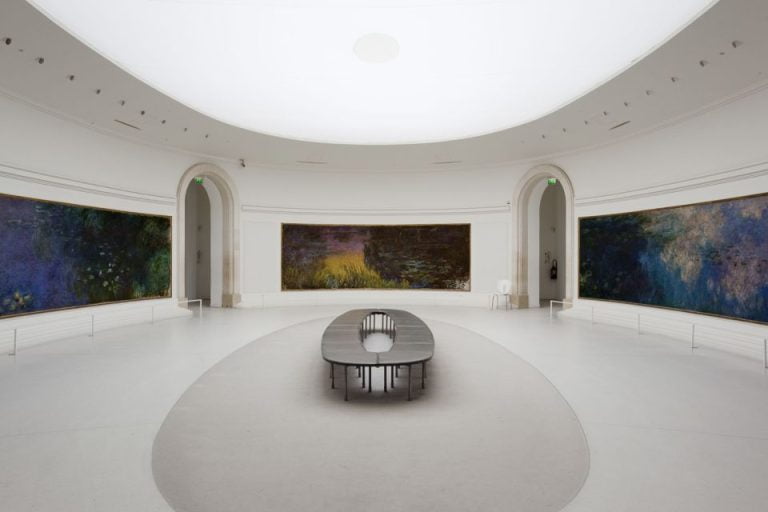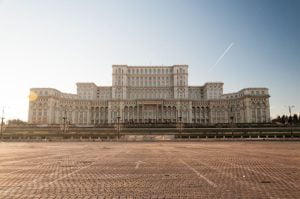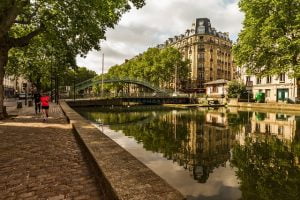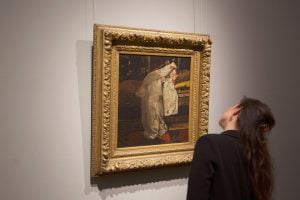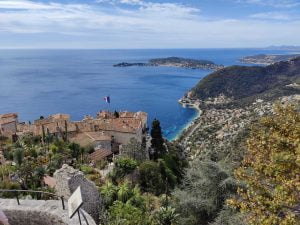The Orangery Museum in Paris
Nestled in the picturesque Tuileries Gardens in the heart of Paris, the Musée L'Orangerie stands as a testament to the eternity of art.
While in Paris you can find many museums, each famous in its own right, there is something very special about the Musée de l'Orangerie.
For those who appreciate impressionist and post-impressionist art, this museum is nothing less than a pilgrimage site and some would say a temple to art.
However, despite the grandeur of its contents, the Musée de l'Orangerie retains an intimate feel.
Unlike some larger museums where the vast space can be overwhelming, here you can take the time to really enjoy each piece and even connect with the art on a personal level. This intimacy is further enhanced by the location of the museum,
After an enriching and in-depth tour of the museum's rooms, you can go out into the peaceful Tuileries Gardens, letting the beauty of nature complement the beauty of art, making the whole experience truly unforgettable.
For many travelers, the Musée L'Orangerie offers not only visual pleasure but also a deep emotional connection. It stands as a poignant reminder of the enduring nature of art and the power it has to touch souls across generations.
Whether you're a die-hard art lover or someone just looking to spend a quiet afternoon in Paris, Musée L'Orangerie promises a journey that will stay with you long after you leave its hallowed halls.
So, what do you see in the museum anyway?
The museum has two floors,
One, the ground floor where the murals of the water lilies painted by Claude Monet are located,
French painter, one of the founders and leaders of the Impressionism movement in art, while the lower floor is dedicated to the Walter-Guillaume collection.
Entering the Musée de l'Orangerie is like entering a kingdom where time seems to stand still. The design of the museum is the one that testifies to this experience.
The visitor is greeted by a series of oval rooms bathed in diffused light, providing the perfect backdrop for Claude Monet's monumental "Water Lilies" series.
Commissioned by Monet himself as a place to display these masterpieces, the museum has retained its original aesthetic feel, allowing visitors to experience the paintings exactly as Monet intended.
The "water lilies", or "nymphs" as they are called in French, are perhaps the jewel in the title of the Orangery Museum.
They span eight canvases and envelop visitors in their soothing blue and green colors.
These paintings reflect Claude Monet's deep contemplation of nature, light and reflection.
They are not just paintings but feelings - a symphony of colors that rise and flow, creating a peaceful atmosphere that invites introspection. The enormous scale of the canvases, combined with the play of natural light in the oval rooms, offers a truly immersive experience that blurs the lines between art and reality.
But while Monet's masterpieces may be the most famous, the Musee L'Orangerie is not the home of one artist.
On the lower level of the museum is another collection, the Walter-Guillaume Collection, an extraordinary collection of Impressionist and Post-Impressionist works.
This collection offers a glimpse into the artistic genius of epic historical artists such as Cezanne, Renoir, Picasso, Modigliani and Matisse, to name just a few. Each room tells a different story, presents a different era and a different point of view, making the museum's journey as eclectic as it is enriching.
A little about the museum and the history behind it
Musée de l'Orangerie was originally built in 1852 as an orangery for the Tuileries Palace, which was then the residence of the French royal families.
In 1922, it was converted into a museum housing the Jean Voltaire and Paul Guillaume collection of impressionist and post-impressionist paintings.
The Orangery was originally intended to protect the orange trees of the Tuileries Gardens during the winter and as decades passed and the artistic fabric of Paris and of France as a whole developed, this building became an art gallery, and not just any gallery, but the permanent home of one of the world's most iconic art collections.
A little peek before we start
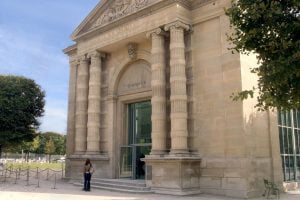
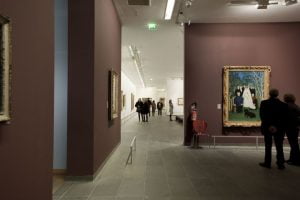
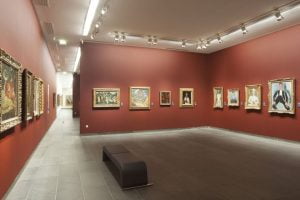
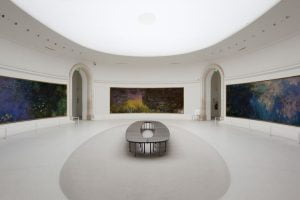

You should know before you arrive
- On the first Sunday of every month, admission to the museum is free.
- The museum is open every day of the week except Tuesday, between the hours of 9:00 a.m. and 18:00 p.m.
- The length of the tour is about one to two hours.
- Art lovers and fans of the painter Claude Monet, will argue that this tourist site is a must for everyone.
- It is a relatively small building, which means that you can finish the tour quite quickly if you find yourself under a time crunch.
- Most of the time the museum is not busy and there are no long lines. However, you should register on the website in order to save time.
- The language in the museum is mainly French.
- Entry up to 18 is free.
In conclusion,
In conclusion, the Orangery Museum in Paris is not only a repository of extraordinary art, it is a testament to the enduring spirit of artistic innovation and the eternal appeal of Impressionism.
The museum located in the heart of Paris, within the Tuileries Garden, offers an intimate and immersive experience, especially with Claude Monet's panoramic "Water Lilies" series, which combines the essence of tranquility and the ever-changing moods of nature.
Beyond the Monet, the Orangery showcases an amazing selection of works by other artists from the 19th and 20th centuries. A visit to the Orangery is more than just a visual treat, it is a spectacular art experience and a visit to the museum is definitely worth it.

